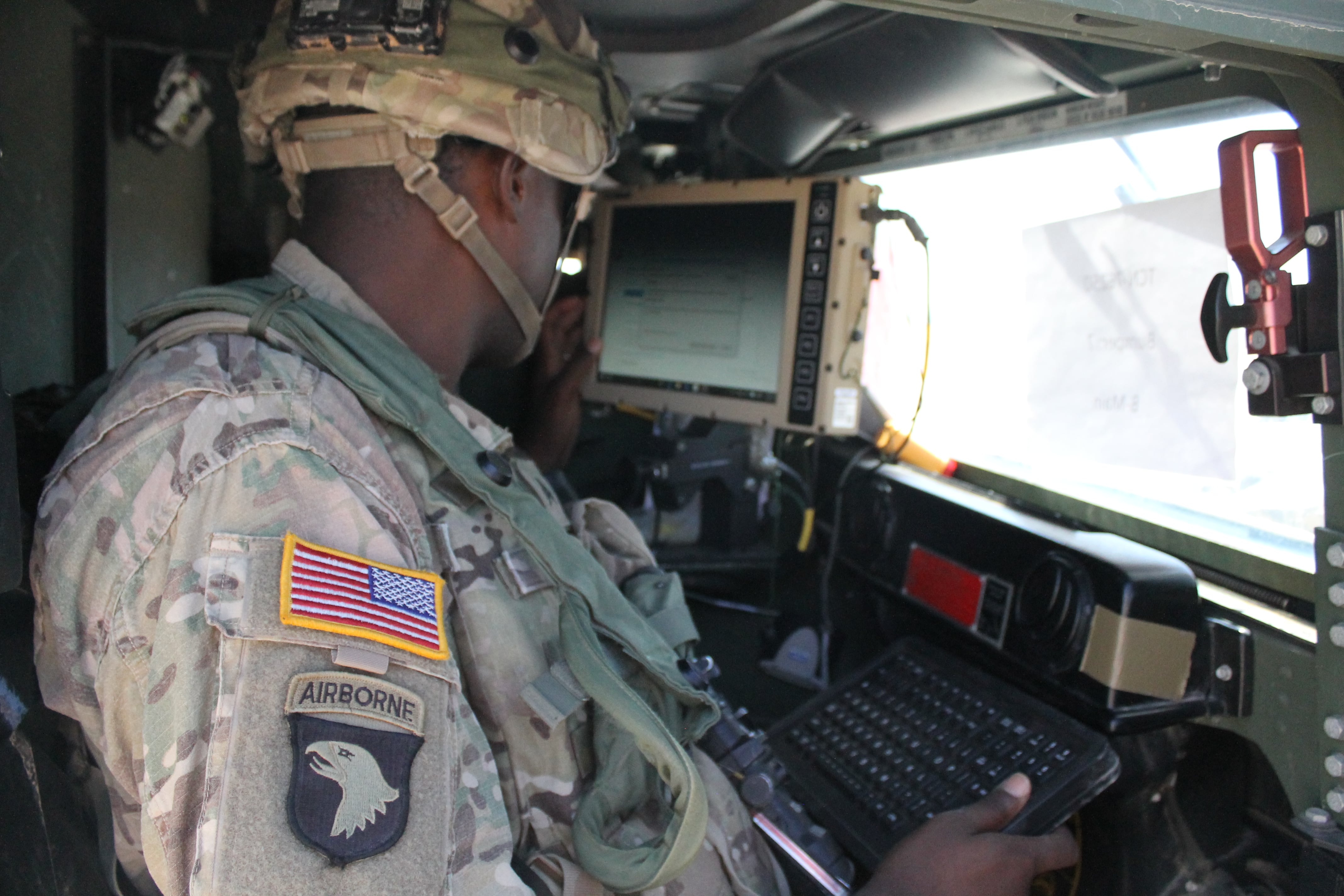Fifth-generation telecommunications technology, known as 5G, and data-driven decision-making are changing how the Army operates and what the service’s workforce will need.
Speaking at C4ISRNET’s “Accelerating IT Modernization” panel Oct. 14 at the AUSA conference, IT officials laid out their modernization priorities and explained how new technology is changing their jobs.
Among the more tangible steps the service is taking are releasing a new Army data strategy, kicking off a series of 5G pilot programs to explore the best way to use the technology and rethinking the IT skills soldiers need.
Data strategy
With 5G capabilities and artificial intelligence applications on the horizon, the Army is trying to focus on ensuring its data is order. To use those emerging technologies, the Army is developing a data strategy. Col. Schawn Branch, 5G and Enterprise IT service project lead in the Army CIO/G6 office, said that strategy is going through the approval process at the senior level, but there’s no timetable yet for its release.
“We know it’s important and we know folks are asking for it,” Branch said.
The strategy, Branch said, will help the Army improve how it captures and uses data that is stored in disparate locations.
“You’re not really truly able to leverage those capabilities unless you have your data aligned properly,” he said.
5G pilot
The Army is also looking to conduct 5G pilot ,programs at 13 installations across the country as part of a partnership with the Pentagon and the other services. Eventually, Branch said, the list will be narrowed down.
“From industry, what we’re looking for you to [do is] come in and provide 5G capability and if it can enhance military application to enable to war fighter, then that’s what we’re looking at,” Branch said.
The pilots are expected to start later this fiscal year. The Army has identified several 5G use cases for the new technology, such as global asset and supply chain management, augmented reality, and how 5G can enable preparations for forward deployment, smart bases and smart ports.
Service leaders want to be on the forefront of developing and deploying emerging technology, especially as adversaries make technological gains.
“As we pivot to near-peer fights, technology is not going to be our advantage,” said Col. Shane Taylor, project manager for the tactical network at the Army’s Program Executive Office Command Control Communications-Tactical. “Our advantage is going to be the ability to inject technology faster than our peers.”
Workforce
Brig. Gen. Chris Eubank, chief of signal and the commandant of the Army Signal School in Fort Gordon, Georgia, said IT modernization must include the workforce.
“If we don’t start with the workforce, it’s not going to matter what kit or capability we deliver," Eubank said.
He noted that the Signal School is shrinking the Signal Corps’ occupational skills from 17 to seven. The school is moving to a new training regiment that starts with a basic foundational class. The next course will be a basic “communicators course,” followed by functional training and individual training.
The purpose is to break down silos within the Army.
“We’re going to get out of the business of being stovepiped and get into the business of creating multifunctional, multi-discipline signal soldiers that can work across the IT environment solving problems for the war fighter,” Eubank said.
Andrew Eversden covers all things defense technology for C4ISRNET. He previously reported on federal IT and cybersecurity for Federal Times and Fifth Domain, and worked as a congressional reporting fellow for the Texas Tribune. He was also a Washington intern for the Durango Herald. Andrew is a graduate of American University.








